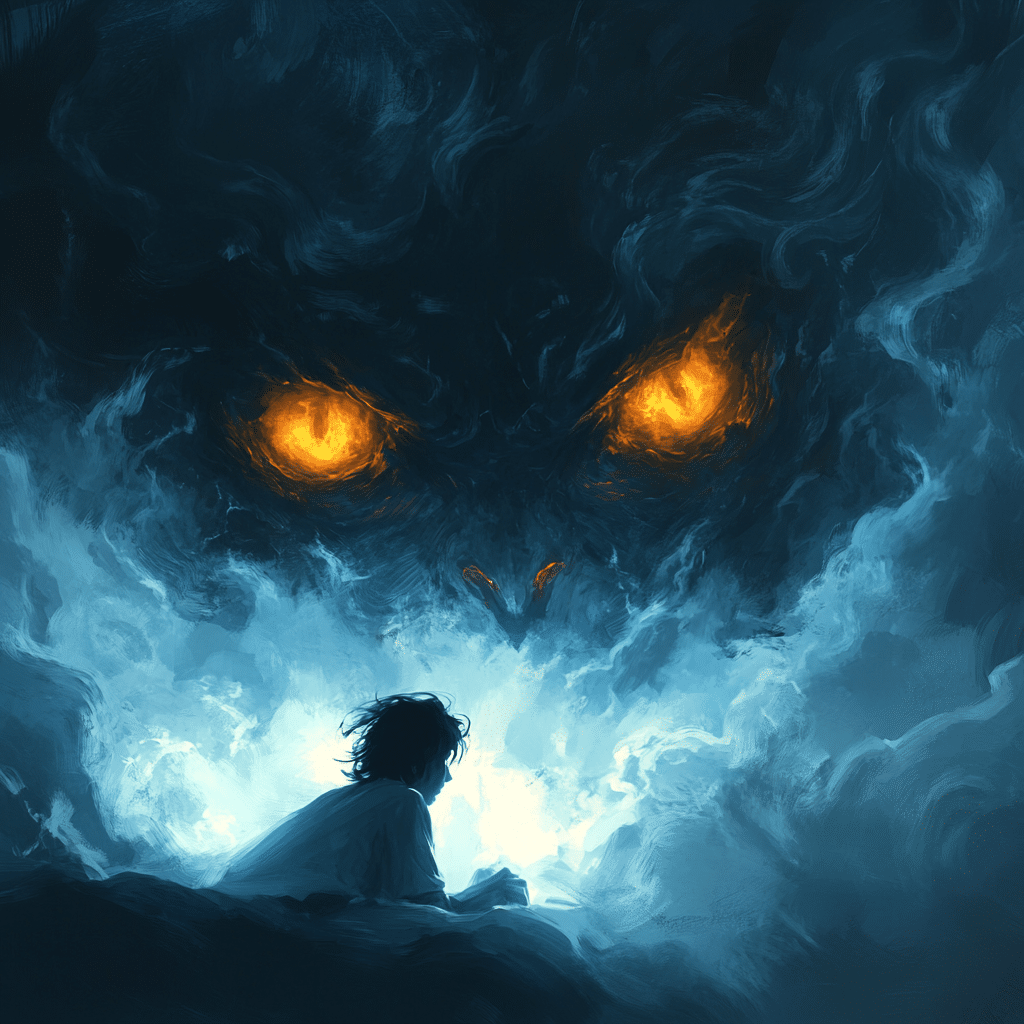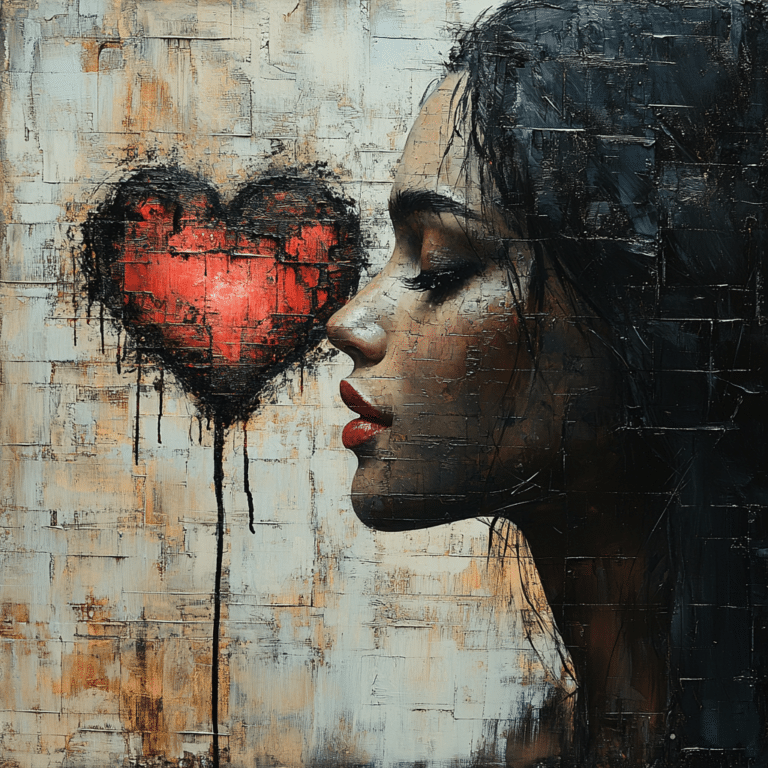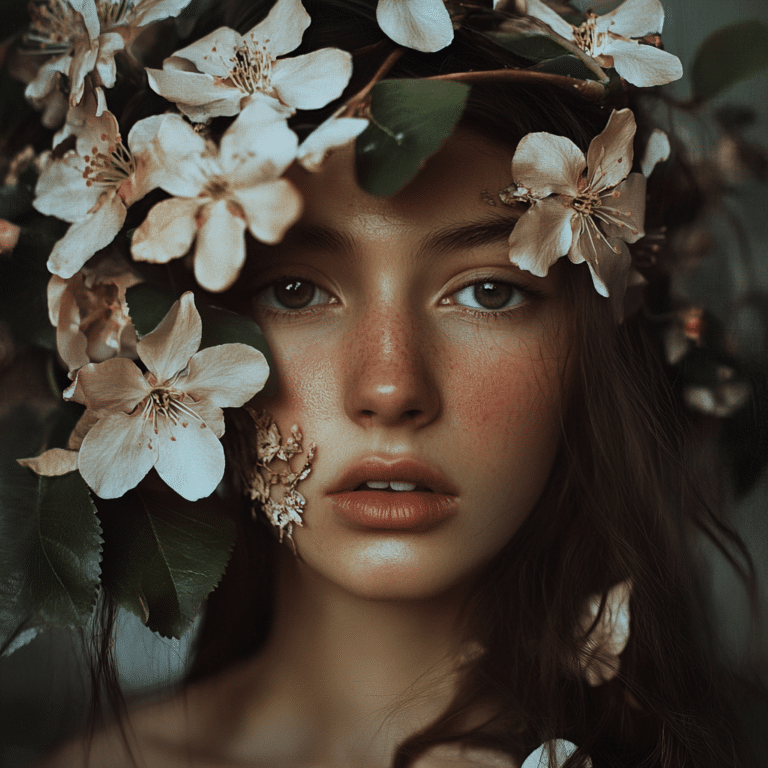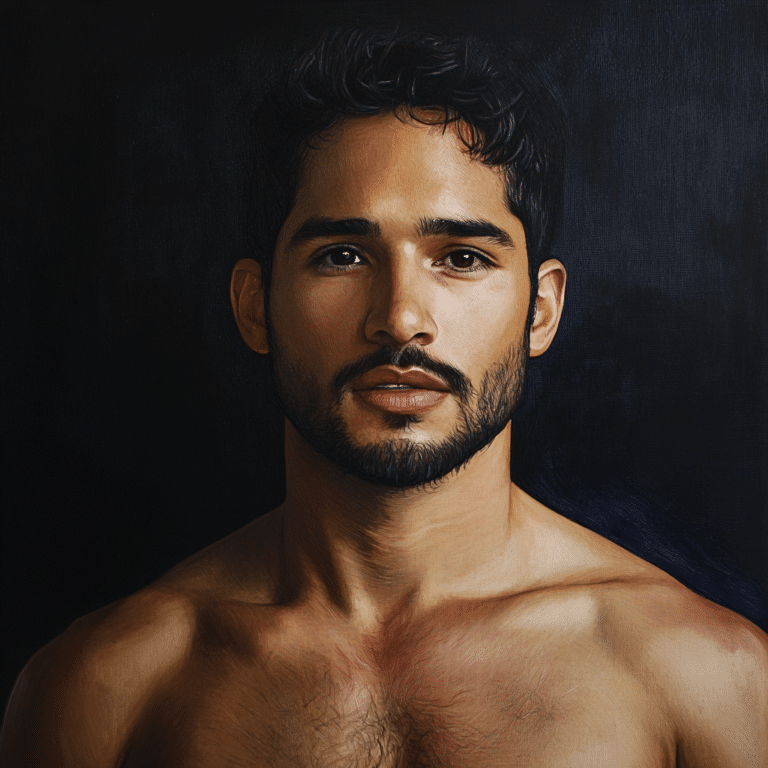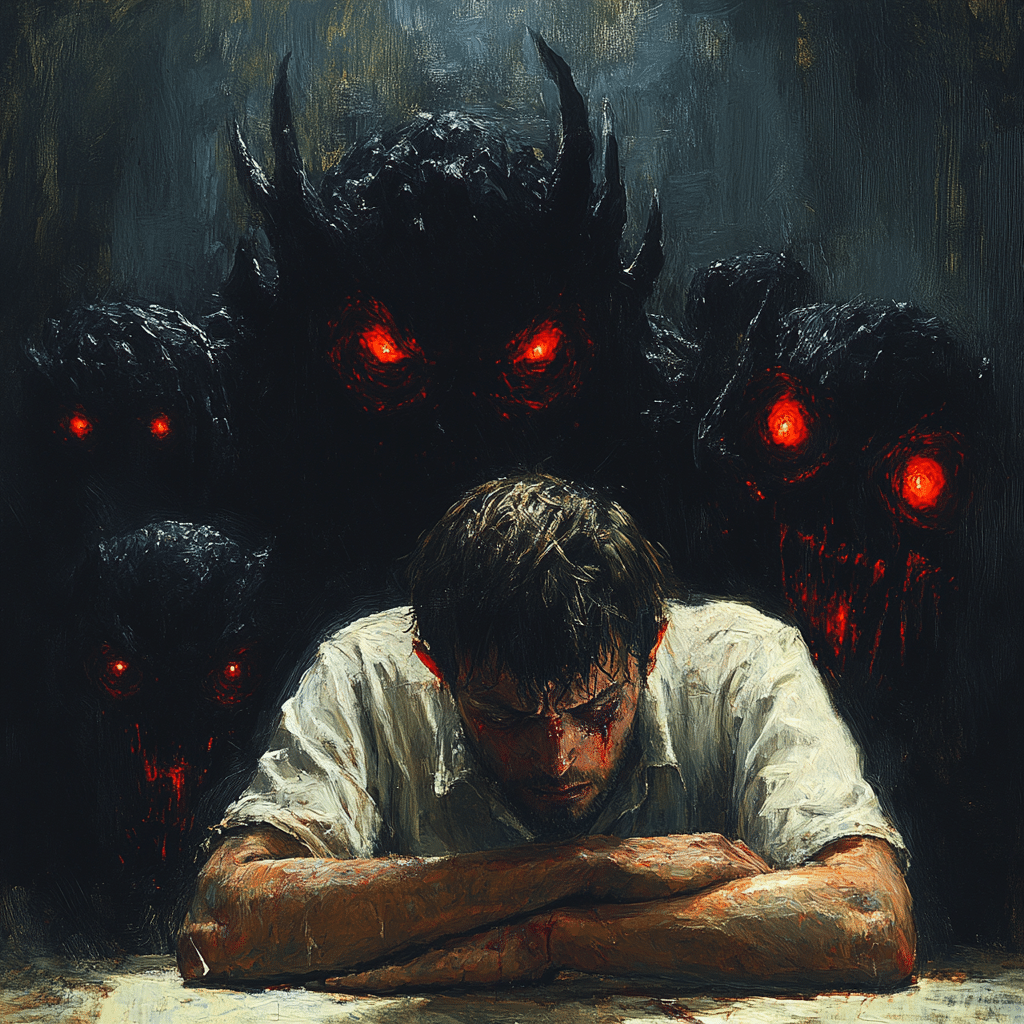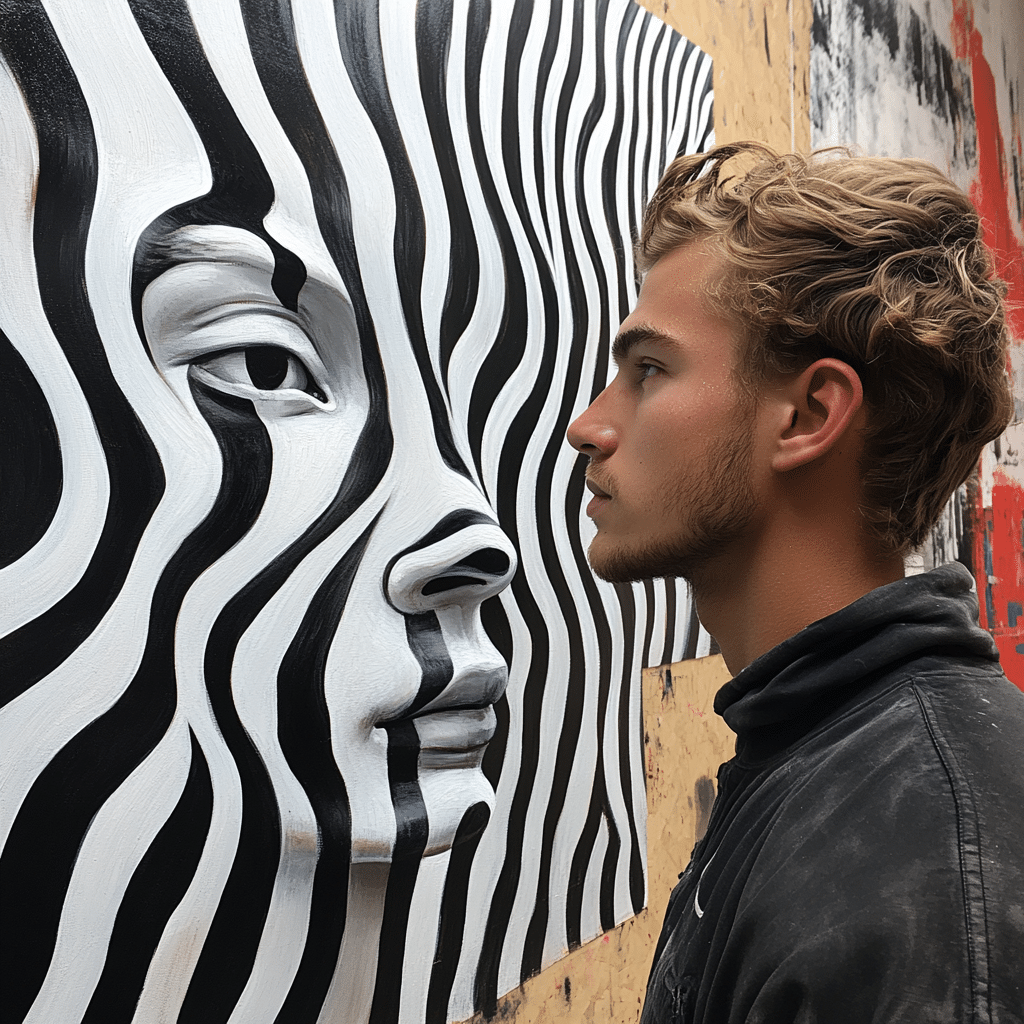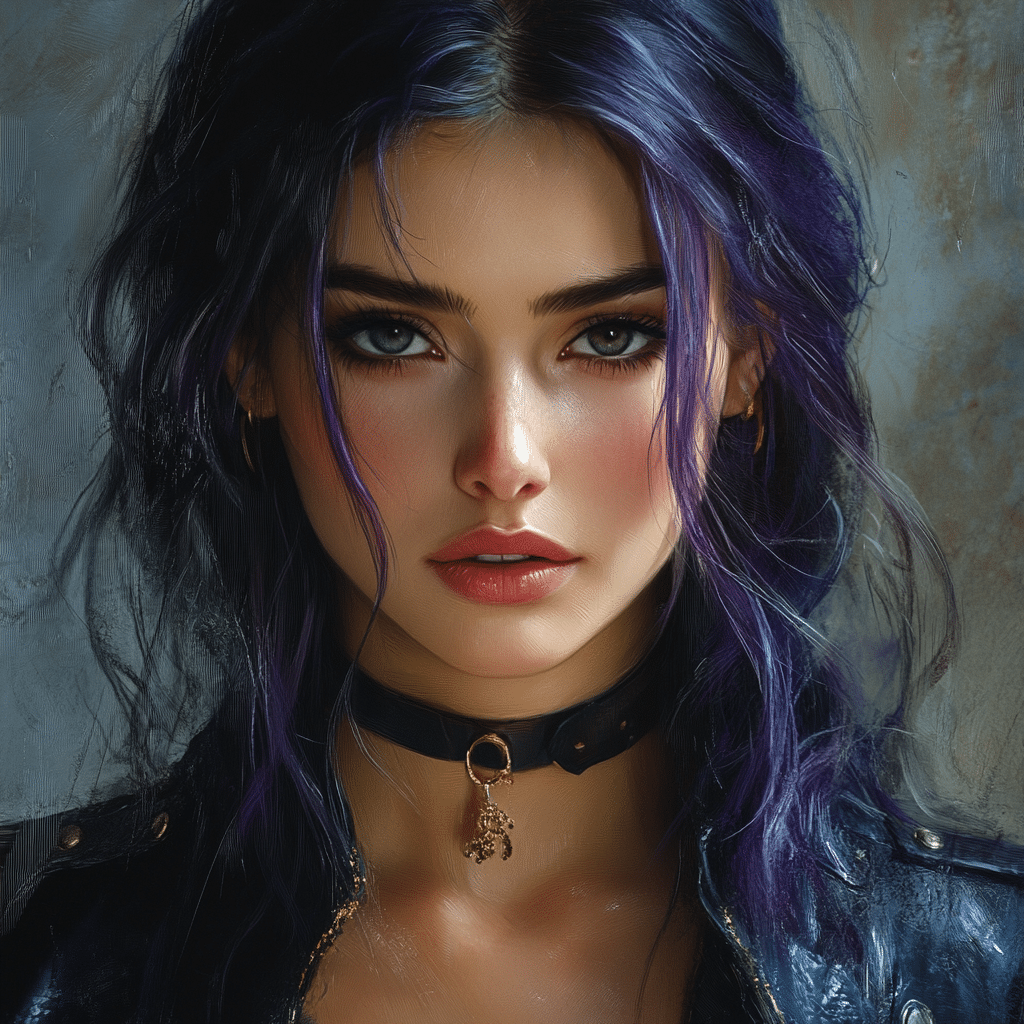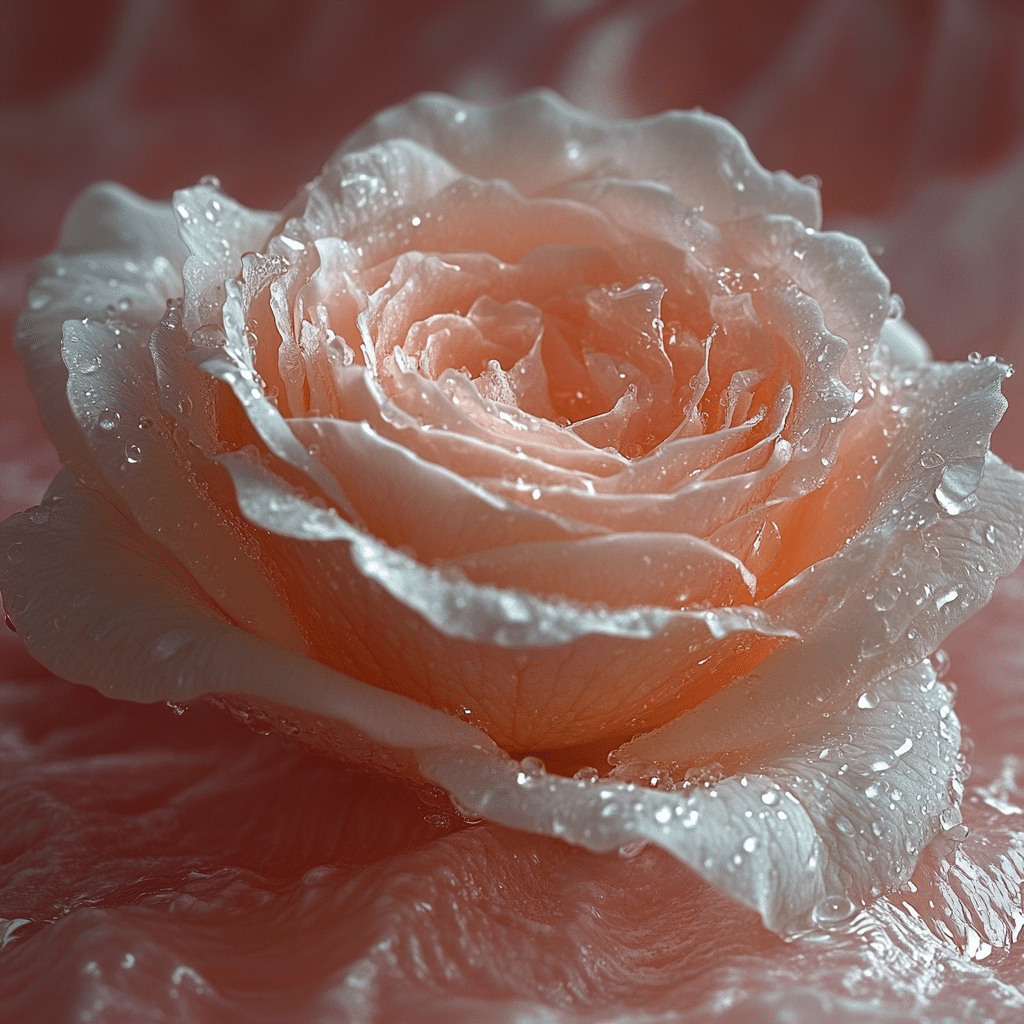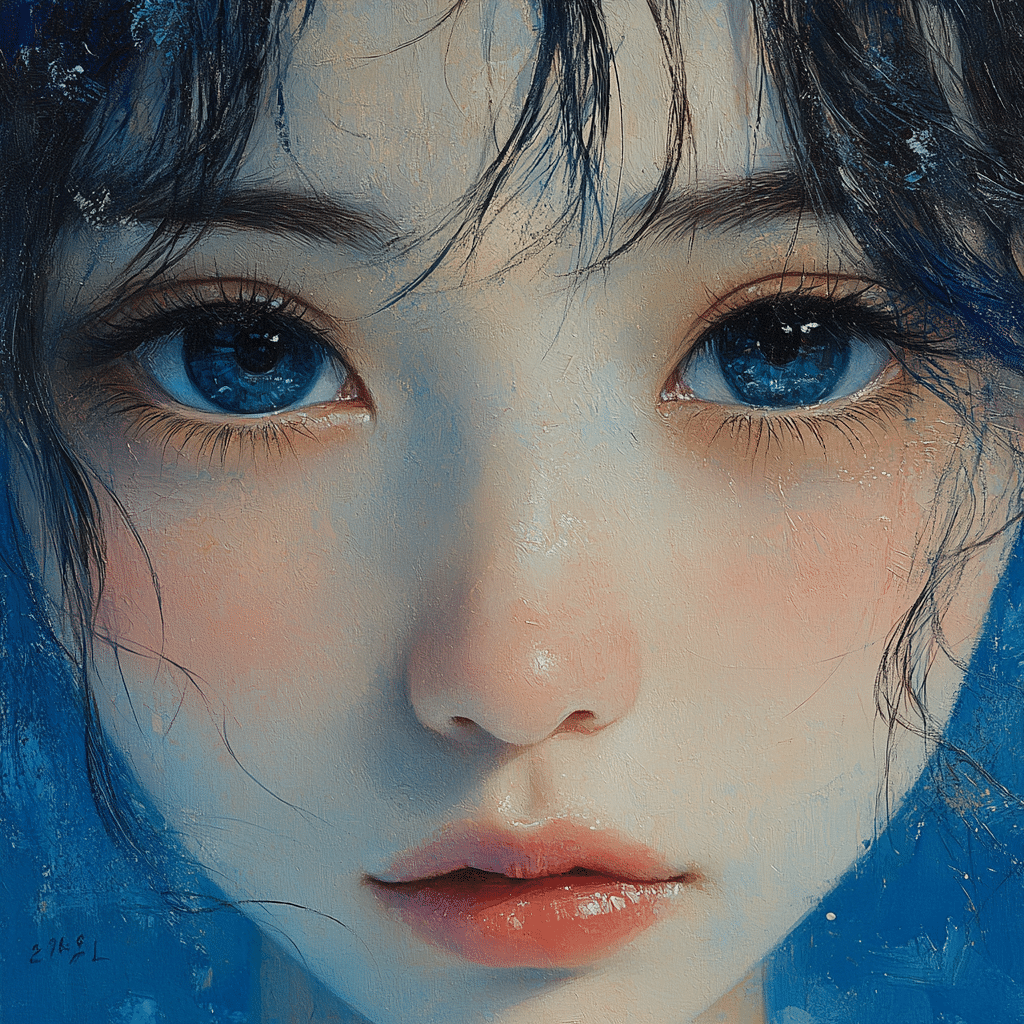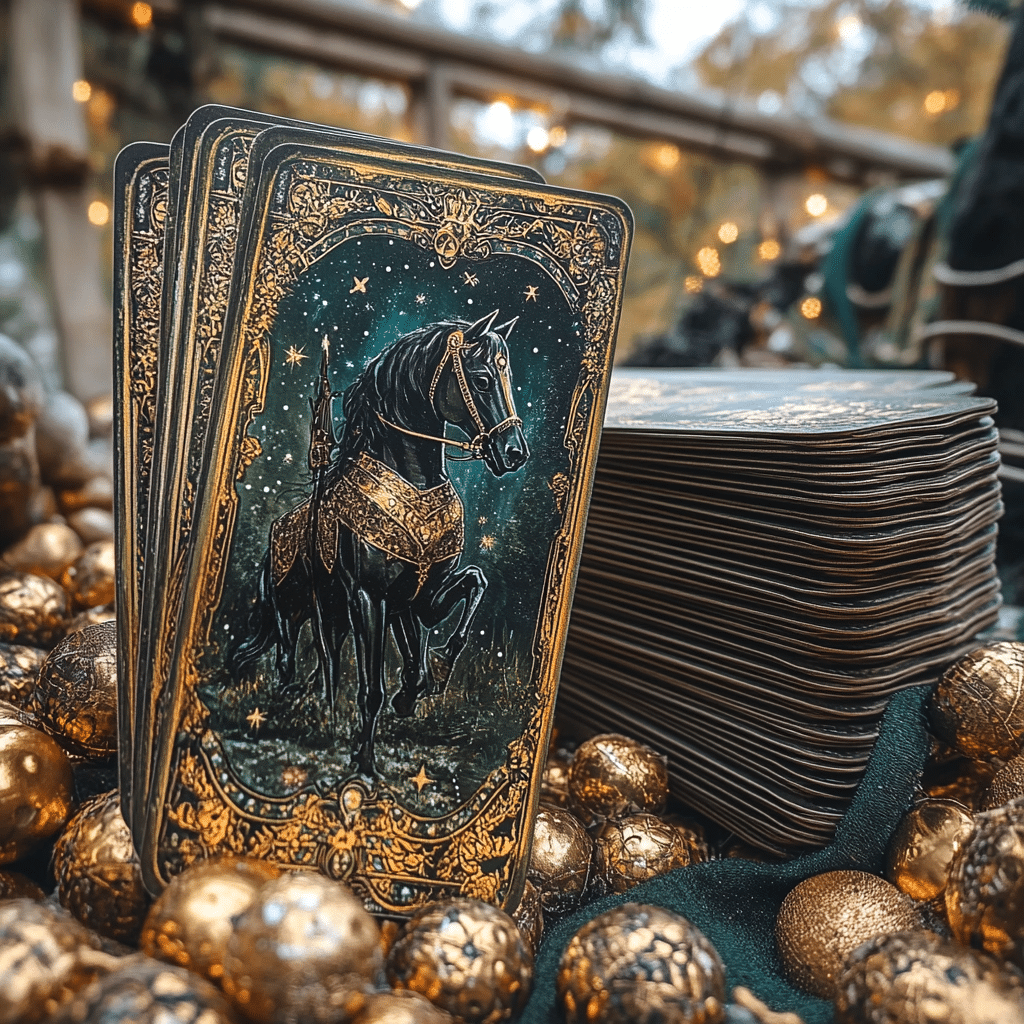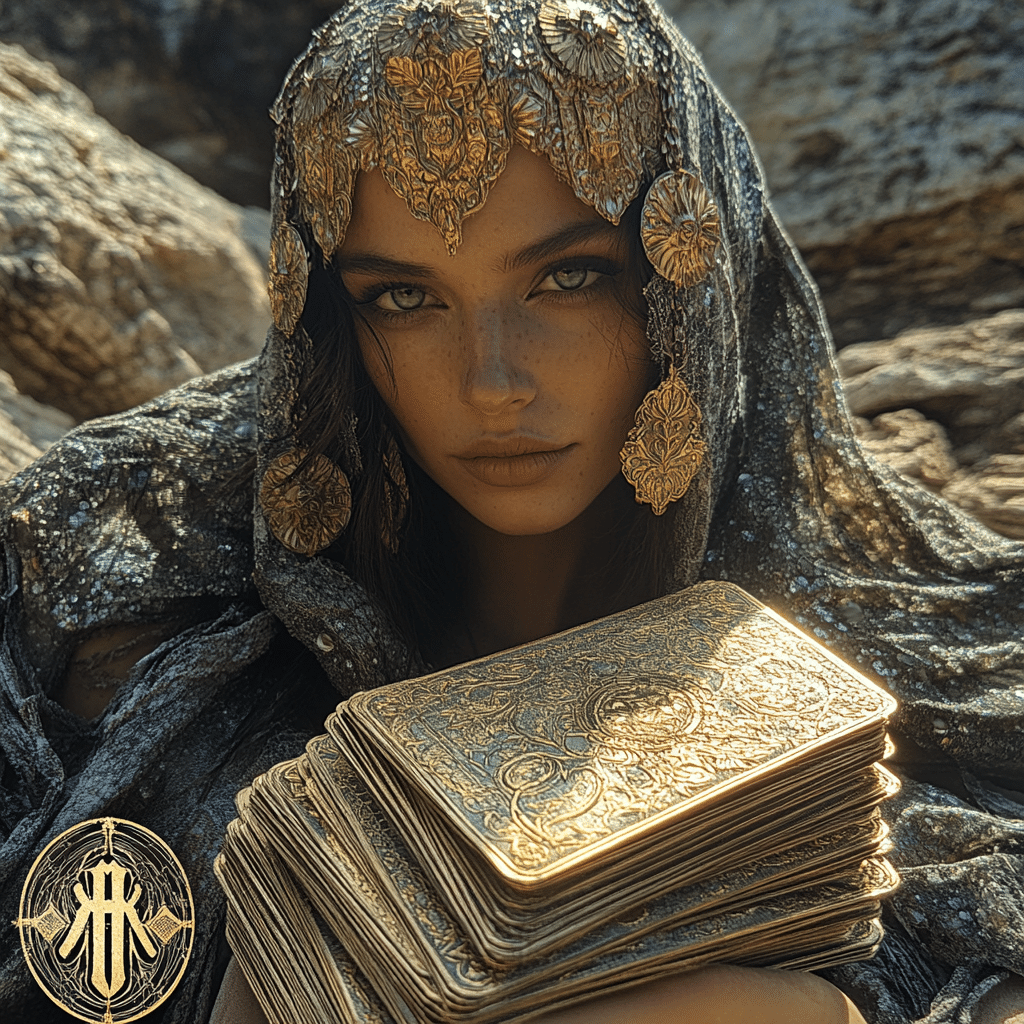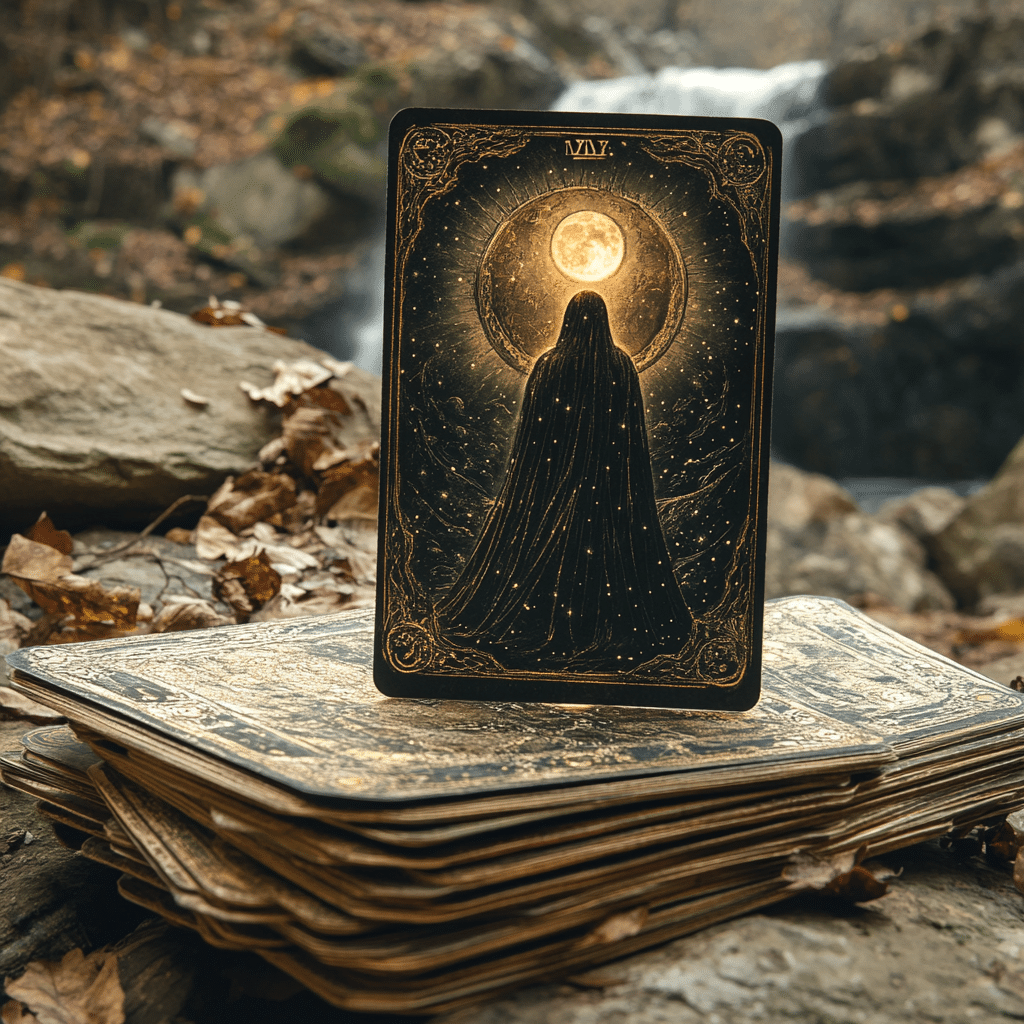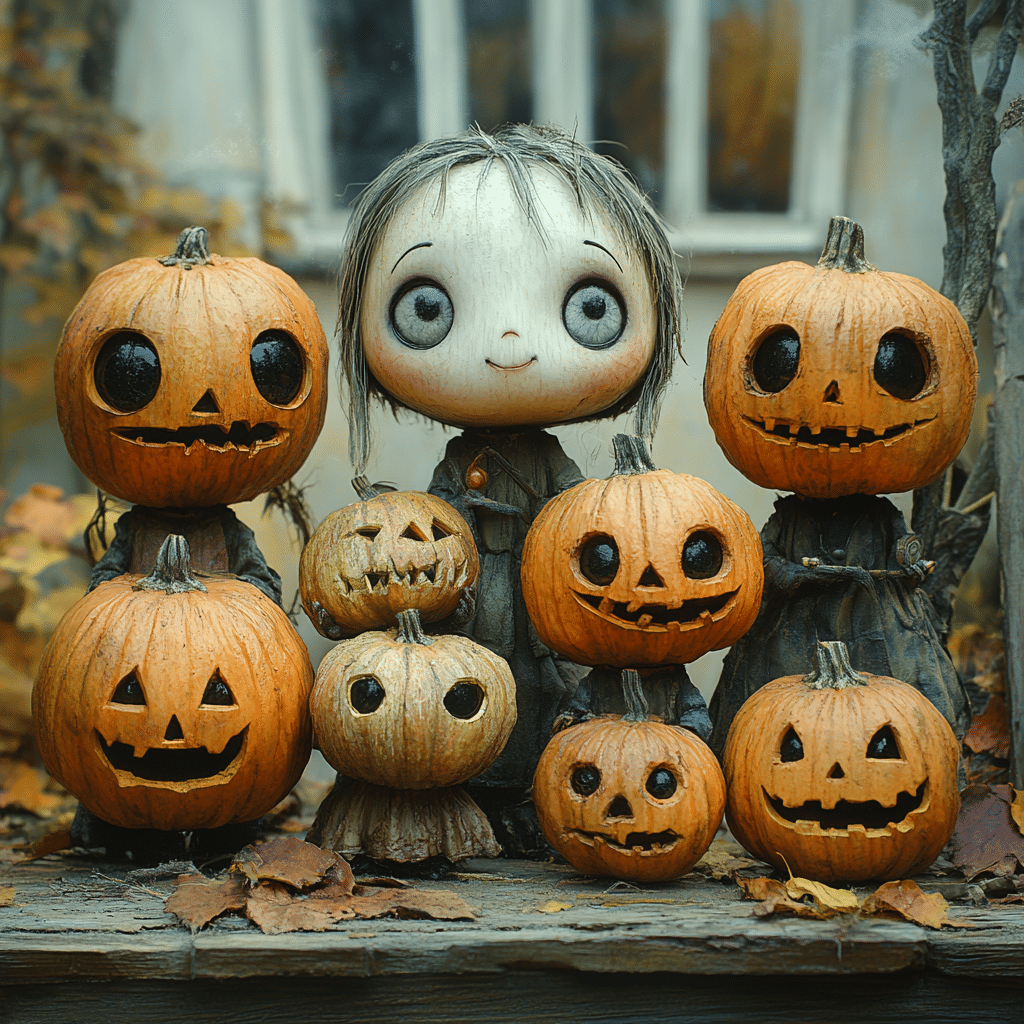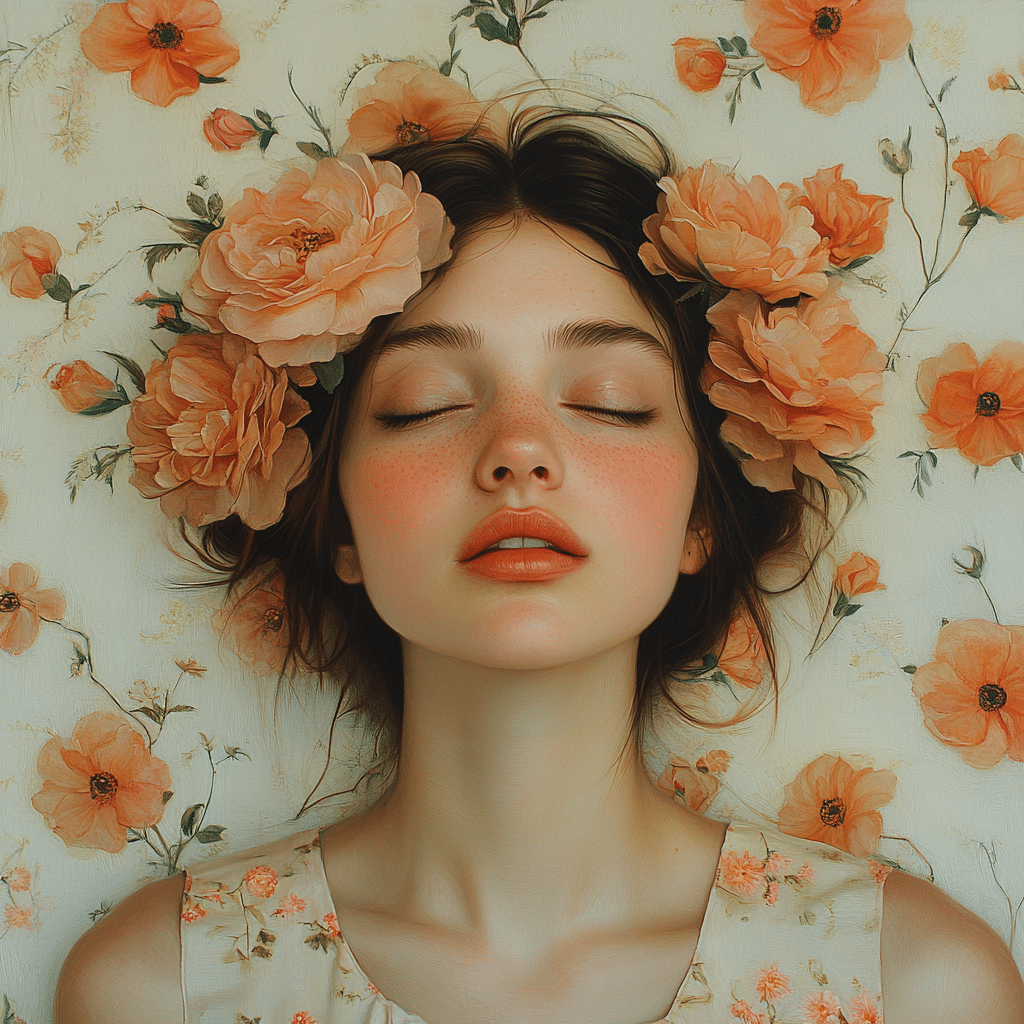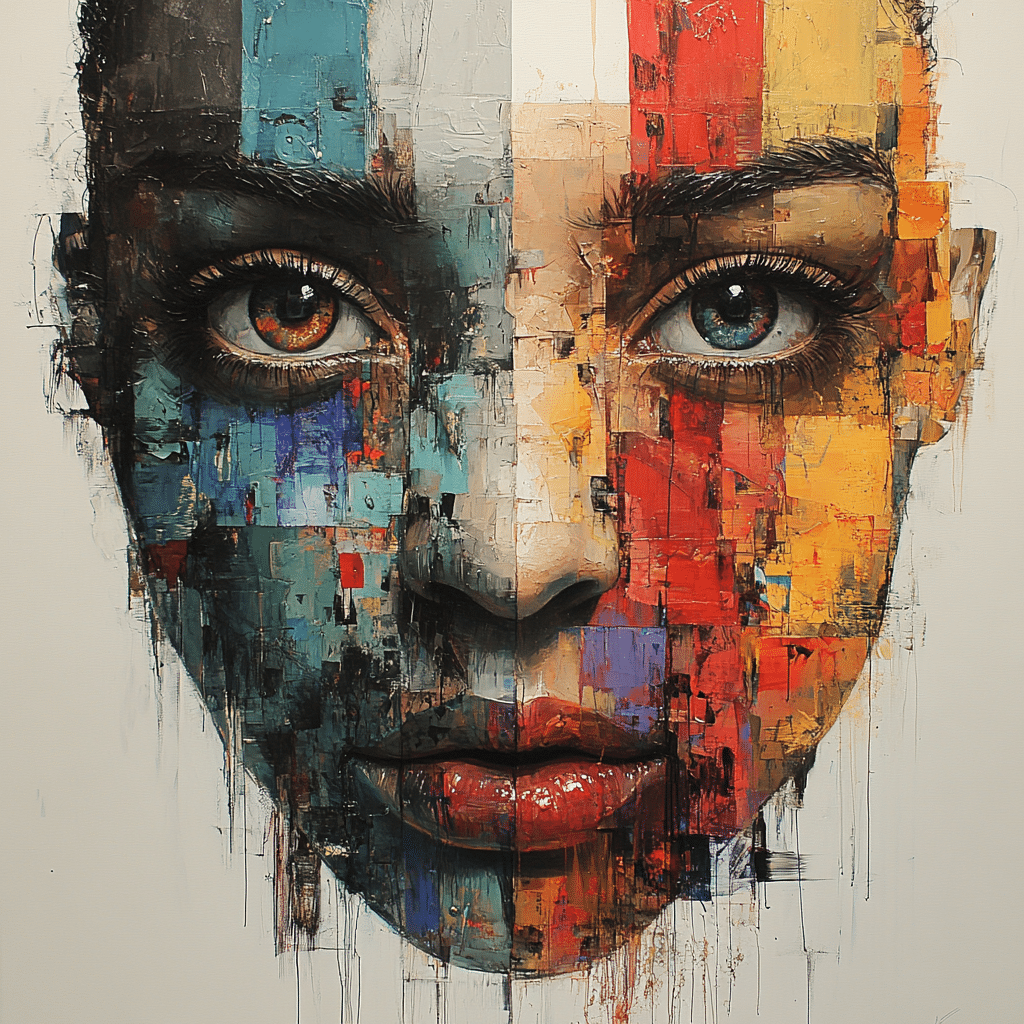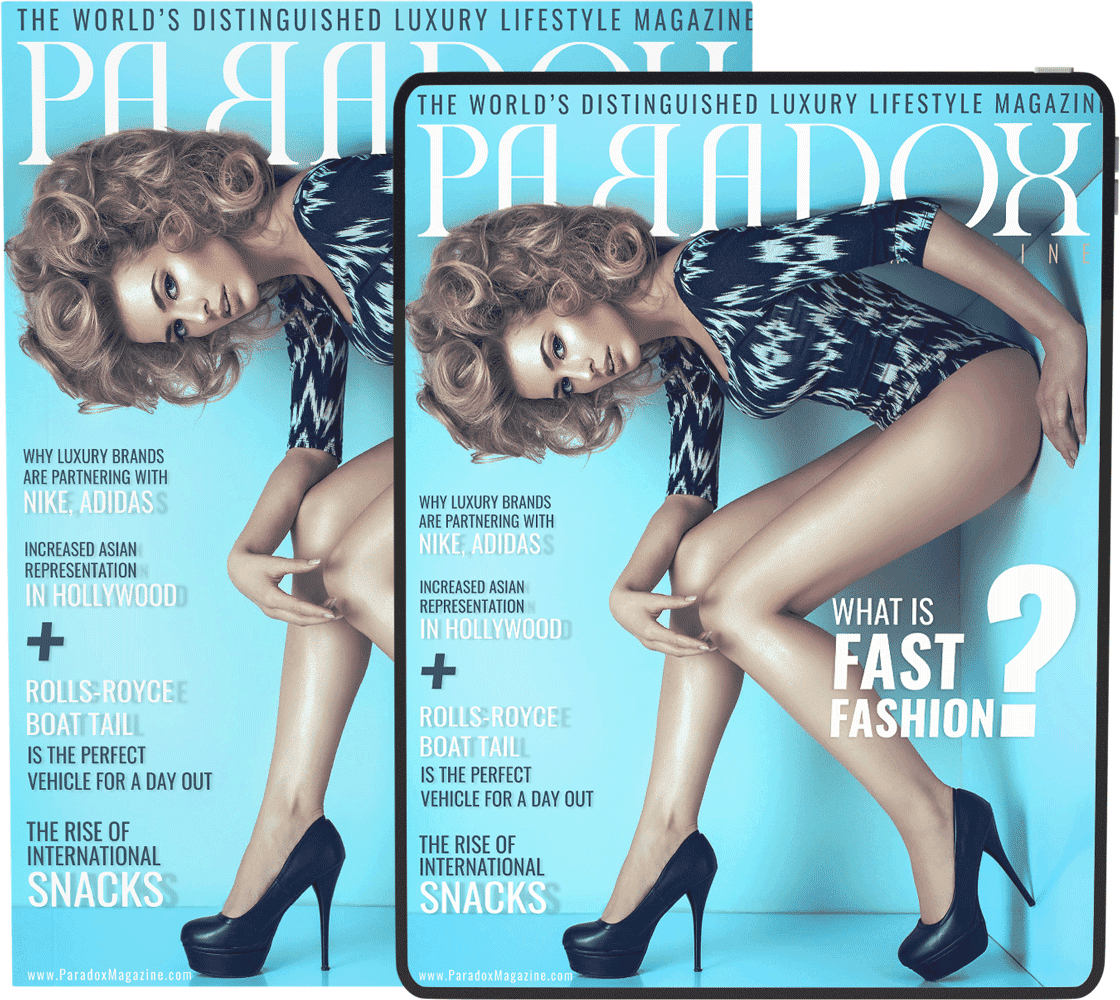Ah, our beautiful nights, the moments of respite where dreams whisk us away to fantastical realms of escape. But what happens when the enchantment gives way to a haunting experience? Enter sleep paralysis demons, the notoriously unnerving figures that invade our sleep, leaving us paralyzed, petrified, and pondering life’s mysteries as we gasp for breath. It’s a stylish tragedy wrapped in a shroud of fear, darling!
Here’s the tea: sleep paralysis occurs when you find yourself frozen, unable to move or speak while teetering on the brink of sleep and wakefulness. This phenomenon often ushers in terrifying hallucinations—those spine-chilling visits from sleep paralysis demons. Cultures throughout history have spun tales around these experiences, interpreting encounters as brush-ups with the supernatural. Who knew our nightly adversaries had the kind of style worthy of a red carpet?
Understanding Sleep Paralysis and Its Connection to Demons
At its core, sleep paralysis is a fascinating blend of science and the supernatural. Picture this: you’re caught between slumber and alertness, your body’s natural sleep mechanisms kicking in while your brain remains fully aware. Add vivid hallucinations—often in the form of sleep paralysis demons—and voilà, you’ve been transported from dream to nightmare in a heartbeat.
Now, let’s take a peek into history’s wardrobe, shall we? Various cultures have given sly nods to these experiences, depicting our night terrors as profile sketches of demons. From Japan’s Kanashibari to the suffocating Old Hag of English folklore, these narratives reflect societies’ struggles to articulate the eerie interactions we face while ensconced in sleep—horror dressed up in rich symbolism, if you will!
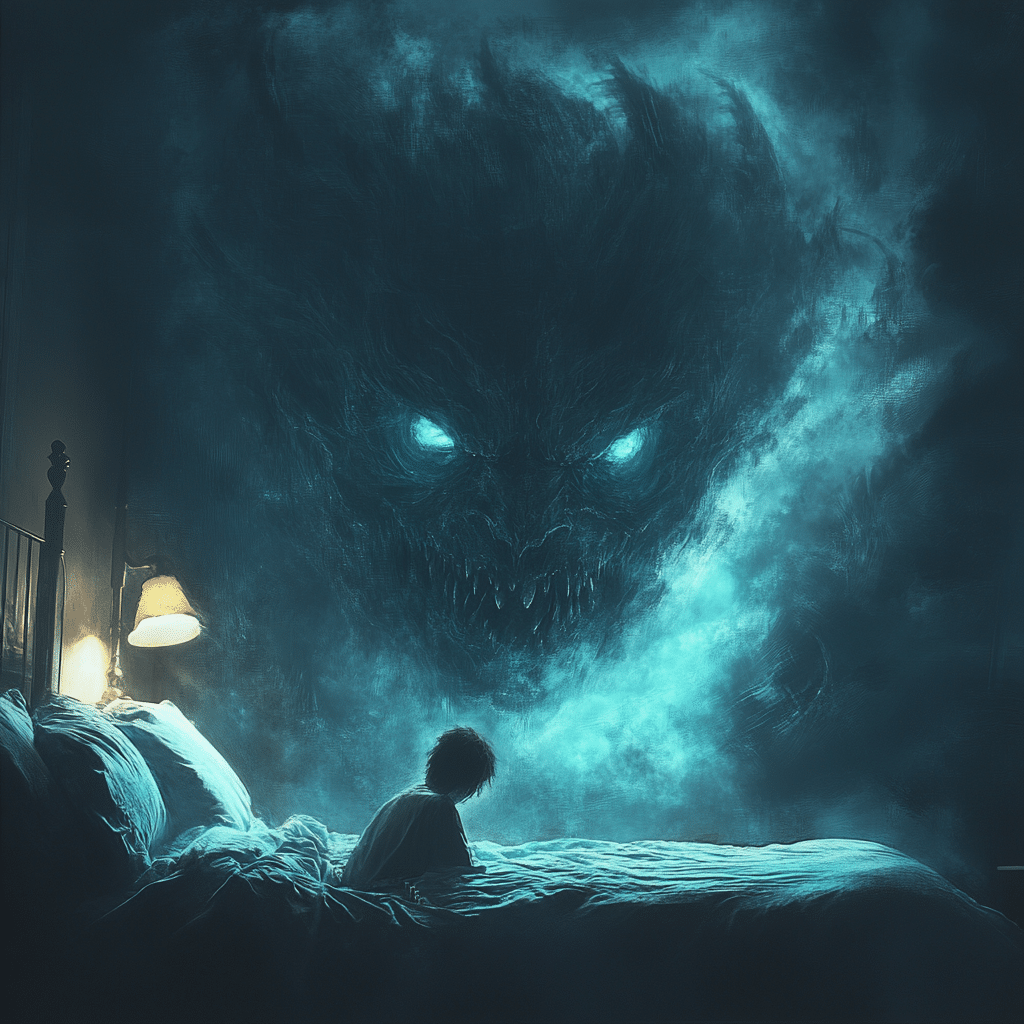
Top 5 Types of Sleep Paralysis Demons and Their Characteristics
1. The Shadow Man
The ever-elusive Shadow Man often appears as a hulking figure with an aesthetic too dark to decipher. With no distinct facial features, he embodies a sense of dread. H.P. Lovecraft, an author who flirted with the realm of the macabre, articulated encounters with such entities, lending a magnificent literary coat to our understanding of these shadows.
2. The Old Hag
Ah, the infamous Old Hag—captioned as an ancient woman pressing down onto the victim’s chest, rendering them immobile. It’s a chilling experience, echoed in various cultures, from the Scandinavian Mara to the Italian “Cattiva,” illustrating the universal dread of nighttime visits from women in deep shadow.
3. The Incubus/Succubus
Now, let’s spill the tea on the Incubus and Succubus, demons infamous for their satin-sheet seduction. They engage in fiery pursuits during your slumber, leaving victims feeling utterly violated. Seen today in pop culture, like in the tantalizing American Horror Story, these entities remind us that our deepest fears often emerge in the dead of night.
4. The Alien Visitor
What about the extraterrestrial guests who occasionally drop by? Many who’ve faced sleep paralysis report alien visitors, sparking feelings of anxiety, fear, and, let’s face it, a bit of cosmic curiosity. TV classics like The X-Files have fed into this narrative, making every late-night binge-watch a potential trigger for terrifying interactions.
5. The Beast
Lastly, we can’t overlook its monstrous cousin, The Beast. Often depicted as a mangled creature evoking overwhelming dread and a sensation of impending doom, the mythos around such beings spans centuries. Think of legends like “The Black Dog” in British folklore, roaming the night and haunting the courageous souls brave enough to venture into the darkness.
The Role of Sleep Environment: From Beach Waves to Zero Gravity Chairs
So, how do we change this script and turn demons into sleeping beauties? First things first, let’s talk about ambiance. Creating a calming atmosphere can make all the difference. Imagine the gentle sound of beach waves, every rhythmic lap soothing your senses. It’s like a fashion show for your mind, showcasing tranquility!
But don’t stop there! It’s time to consider investing in a zero gravity chair. This marvel of comfort elevates your legs and back, offering perfect support and potentially mitigating those pesky sleep paralysis episodes. The idea is simple: a relaxed body might lead to a more peaceful night’s slumber—hello, restful nights, goodbye sleep paralysis demons!
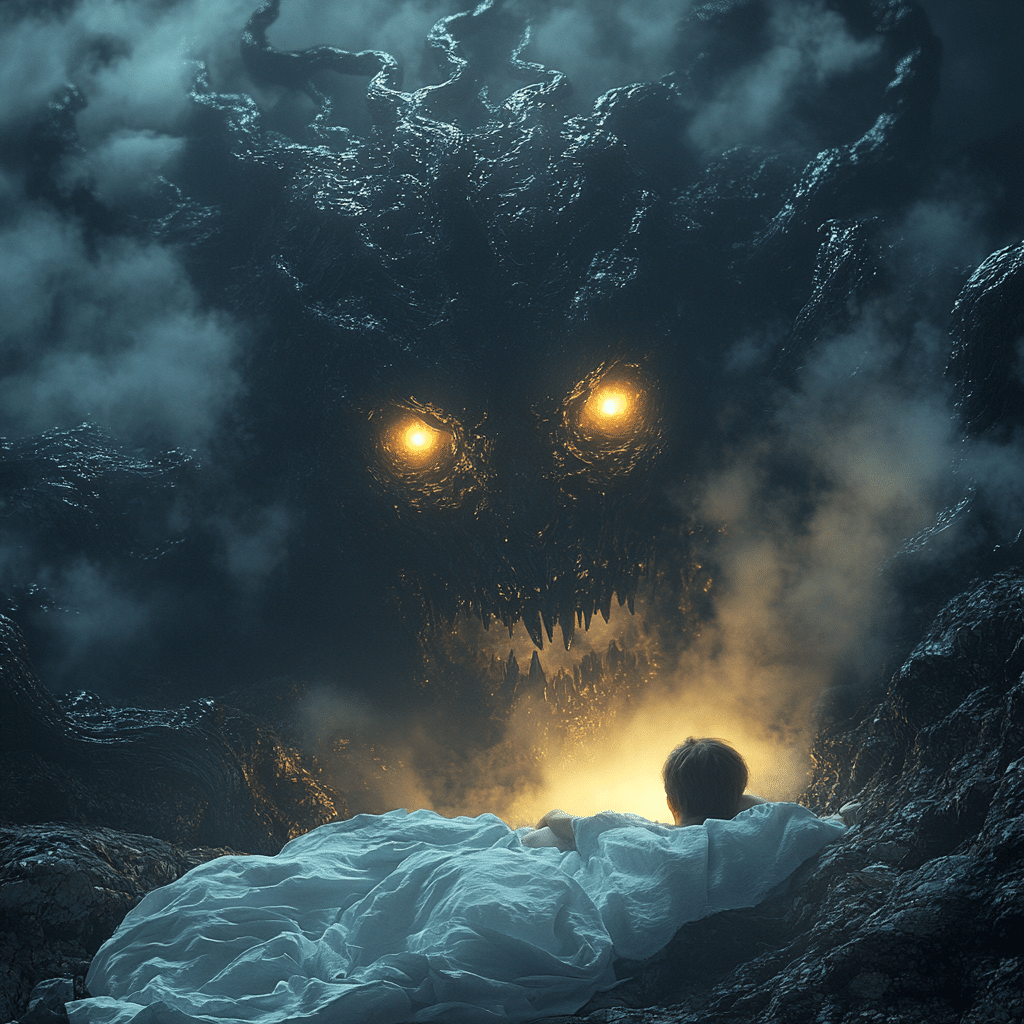
Psychological and Physiological Triggers of Sleep Paralysis Demons
Moving on, let’s delve into the underlying triggers that could bring on such incendiary encounters with sleep paralysis demons. Stress and anxiety are the two main culprits. Numerous studies link high-stress levels to an increased incidence of sleep paralysis. Looks like the modern hustle can creep into our dreams, doesn’t it?
Moreover, sleep disorders such as narcolepsy and insomnia can exacerbate the frequency of these haunting experiences. Those struggles with slumber invite sleep paralysis demons to crash the party!
And don’t get us started on medication and substance use! Some prescription meds and recreational indulgences can have profound effects on sleep states and hallucinations. Always remember – what we consume can alter our nightly escapades!
Personal Testimonies: The Reality of Nighttime Hauntings
Nothing drives the narrative home like personal accounts from those who’ve danced with sleep paralysis demons. Picture this: a woman wakes up to find a figure looming over her, unable to scream or move, drenched in sweat and palpable fear. These traumas unveil common themes: the weight of nocturnal pressure, emotional sensations, and the chilling spirit of recognition that fills the air during these encounters.
Individuals share their tales as an unspoken club, echoing experiences that stretch across demographics and landscapes, illuminating the shared human experience. You’re definitely not alone, darling!
Embracing a Fearless Approach to Sleep
So how can we banish these dreamland ghouls? It all starts with a fearless approach to sleep. Embrace practical advice: mindfulness is your best friend. Fostering relaxation techniques like deep breathing or yoga can pave a smooth path to dreamland.
Establishing a consistent bedtime routine is essential in casting out these demons. Think of it as a runway model preparing for showtime. Moreover, fostering open conversations about sleep paralysis will destigmatize the phenomenon and lead to collective understanding.
In this intriguing exploration of sleep paralysis demons, we find a rich tapestry woven from historical interpretations to modern encounters. As we shed the cloak of fear and approach these nighttime apparitions with curiosity, we step into a bold, empowered future—one where restful nights reign supreme. So, grab your zero gravity chair, play those beach waves, ease into your dreams, and remember, darling, the night belongs to you!
Sleep Paralysis Demons: A Haunting Mystery
The Origins of Fear
Sleep paralysis demons have terrified individuals for centuries. These nightmarish figures often coincide with sleep paralysis episodes, where a person is aware but unable to move. Interestingly, many cultures have their own variations of these demons. For example, in Japan, they call them “kanashibari,” which translates to “bound in metal.” This connection to cultural storytelling resonates with the dark themes found in popular media, such as the intricate plots of jujutsu Kaizen. Similarly, discussions around these supernatural beings have made their way into various shows, just like the drama in Yellowstone 1923. It’s fascinating how tales of sleep paralysis can interlink with broader cultural narratives.
The Shadowy Play of Imagination
Ever wonder why you might see specific figures during these episodes? Some say it’s a manifestation of your own mind. During sleep paralysis, the brain is partially awake, blending dream elements with the waking world. This unique state can stir up an emotional storm, creating experiences akin to an intense drama, much like what fans of love Is blind Chelsea witness in their reality. Each encounter may feel different based on personal fears or stresses, akin to how viewers might connect with different characters in TV shows filled with turmoil. What’s more intriguing is the way these feelings relate to a person’s life; a nightmare can echo anxieties that revolve around both real-life situations and unreal fears.
Cultural Interpretations and Artistic Depictions
Vueing sleep paralysis demons through various artistic lenses can be both captivating and chilling. Throughout history, artists have depicted these hauntings; their work often reflects societal fears. Lena Headey’s various roles, for instance, have allowed fans to explore darker themes that parallel the eerie sensations of sleep paralysis. Meanwhile, some people have found solace in new interpretations, much like how dance and artistry in Ariana Marie‘s performances express deeper feelings. In essence, sleep paralysis reminds us of our vulnerability, putting us face to face with the shadows that talk about our psychology in ways we might miss during our waking hours.
So, the next time you hear someone mention sleep paralysis demons, remember, they’re not just a figment of an overactive imagination—these tales are intricately woven into culture and art, revealing both personal fears and universal truths about the human experience. The frightful encounters we share with these entities bridge centuries of storytelling, connecting us all in the eerie yet fascinating tapestry of fear.
